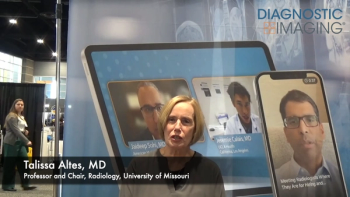
AI & Medical Imaging: The Ethical Issues, Pt. 1
What’s critical, and what radiologists can do.
The use of artificial intelligence (AI) in medical imaging is not new – in fact, it has been a topic of conversation at the Radiological Society of North America (RSNA) annual meeting for at least the past five years. And, with that continued growth comes the obligation among radiologists to approach its use in medical imaging in the most ethical ways possible.
On Monday, radiology ethics expert David Larson, M.D., professor radiology at Stanford University, discussed how data used in AI tools are now being applied to clinical care. That information holds tremendous value, but the industry does not yet have the ethical, regulatory, and legal constructs in place to ensure the data is handled in the most proper fashion.
To delve into the ethical issues that are facing radiology currently, as well as what radiologists can do ensure they approach this situations and opportunities appropriately, Diagnostic Imaging spoke with Larson about what he discussed.
For more RSNA coverage, click
Newsletter
Stay at the forefront of radiology with the Diagnostic Imaging newsletter, delivering the latest news, clinical insights, and imaging advancements for today’s radiologists.




























